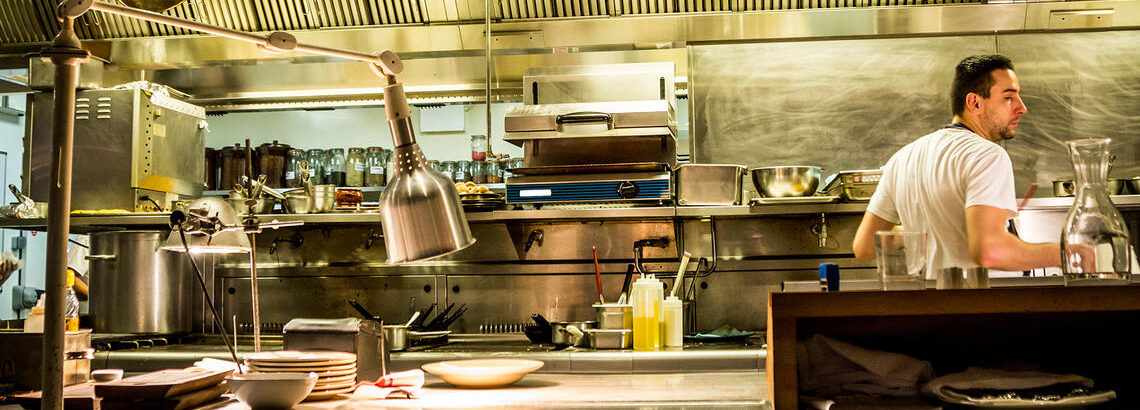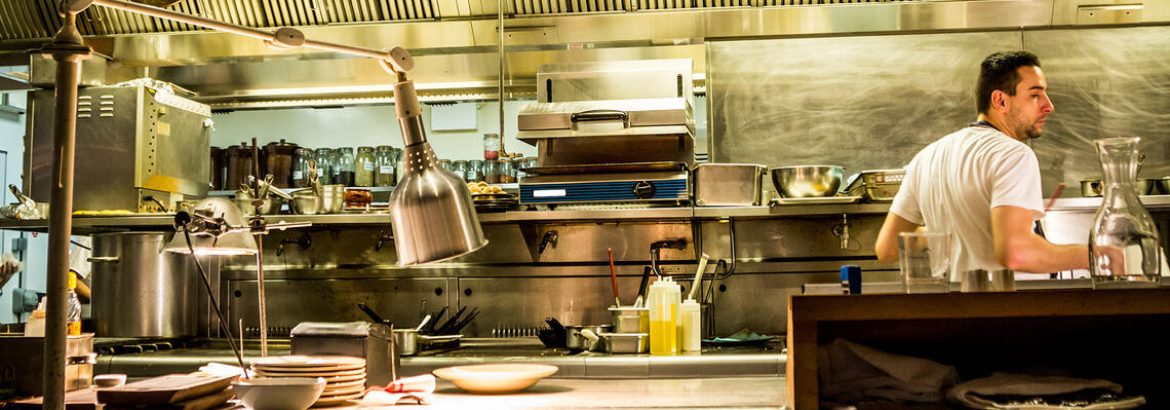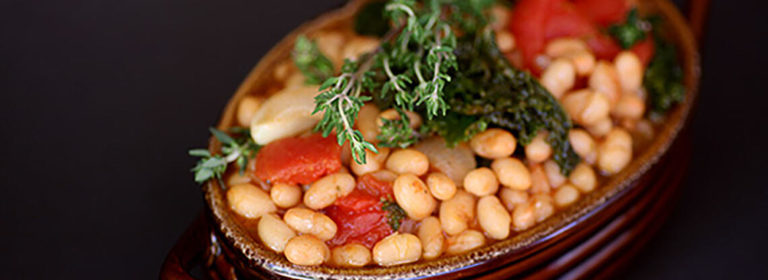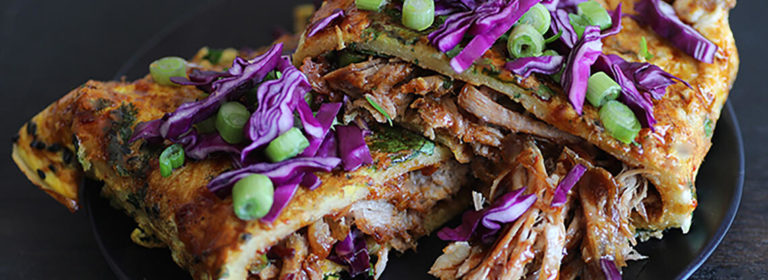Foodservice operators’ roles are changing in big ways. In the era of #metoo, open kitchens, and morphing delivery platforms, many chefs are creating more collaborative spaces and challenging old-school culinary traditions. With labor being one of today’s top challenges, providing safe, creative workplaces that allow employees to contribute and learn are definitely modern goals.
- Traditional top-down hierarchies work in some kitchens, but Millennial cooks are increasingly using a cooperative model where all levels have input and have their voices heard.
- Transparency may be a buzzword, but diners truly do want to know what is in their food and how it is prepared. Open kitchens allow guests to interact or at least observe the process.
- As the dine-in lifestyle becomes more prevalent, chefs must fine-tune delivery services to ensure customers choose them.




